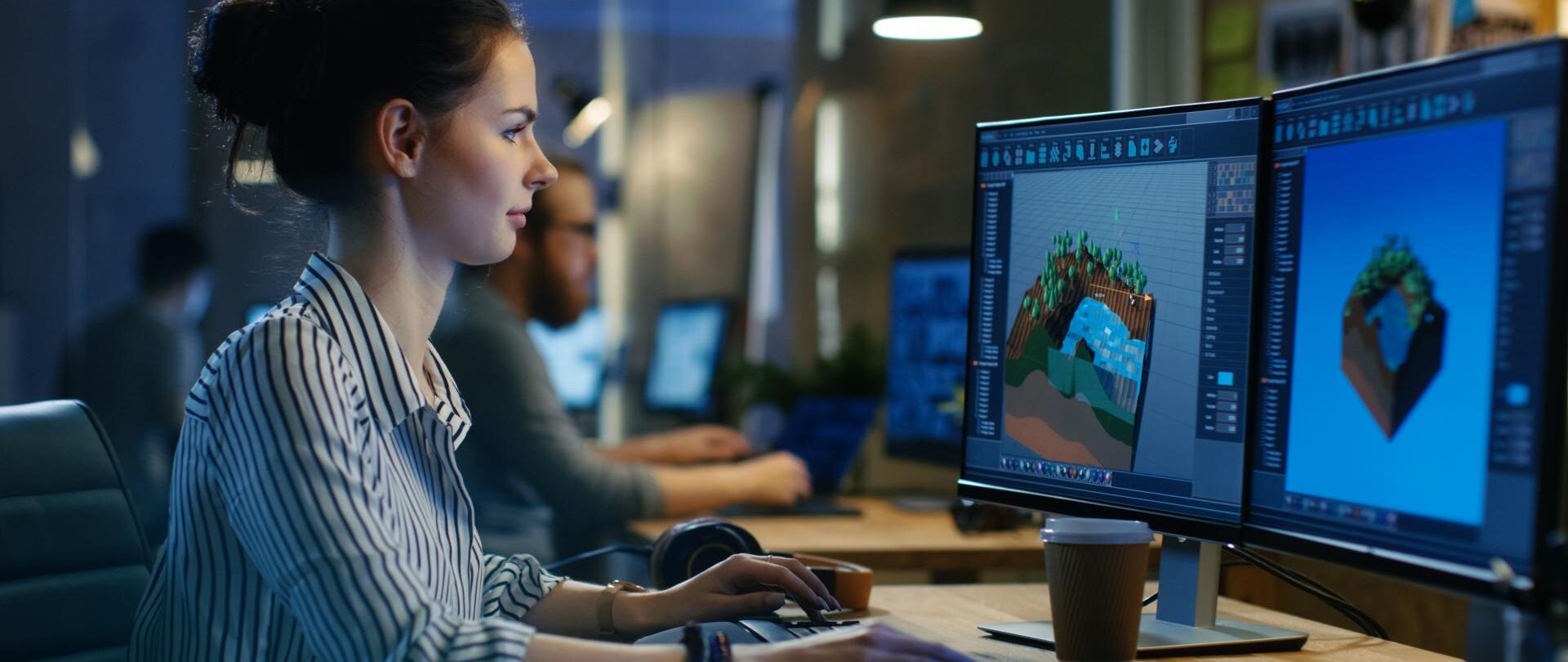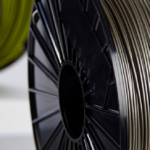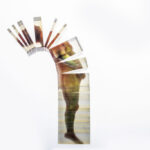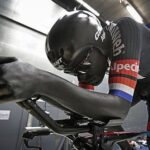
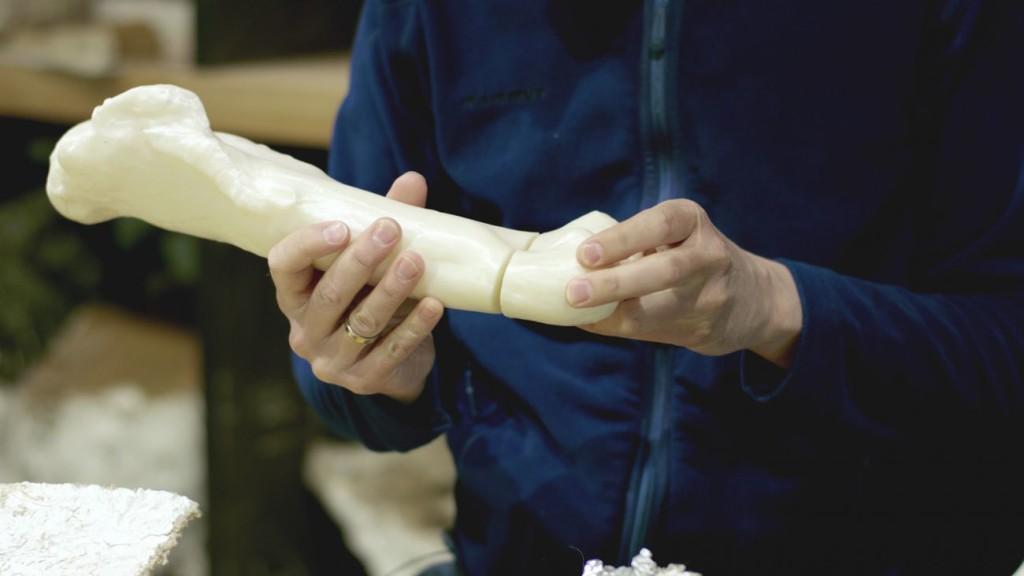
We all know what a Tyrannosaurus rex dinosaur looks like: a big guy with bad posture, sharp fangy teeth, creepy little arms, thundering thighs. Your vision of him most likely entails the nightmarish beast crashing through lush forest foliage making a dramatic entrance in a clearing, snarling and hangry as he looks for something to snatch up and devour mercilessly. We all have a good overview by now, and most scientists will say that yes, we’re fairly spot on there. But archaeologists of course want to dig deeper. They want to know about every bone in the T. rex body, and most especially the ones that have eluded them.
Our interest in T. rex today has a direct connection to the find in Montana in 2013, via the Naturalis Biodiversity Center, a natural history museum and research center in the Netherlands. While a number of T. rex skeletons have been unearthed otherwise, only several now have been found with more than half of their skeletons intact. It was well-known that the Netherlands wanted a T. rex in their collection, and by golly, they nearly uncovered an entire specimen over time.
“…we’ve found a skeleton in great condition which is not going to stay in North America,” says Anne Schulp, paleontologist at the Naturalis Biodiversity Center. “It’s coming to the Netherlands.”
Schulp explains that obviously when an 11,000 pound beast dies and goes down, scavengers are on point immediately, thus explaining logically why we lose so much of the skeleton. Bones are strewn about, and some are never found at all. In this case, the Montana T. rex was missing the left leg, along with the skeletal feet and the arm bones. While traditionally, there were of course more painstaking ways to recreate one, today 3D printing expediently reproduces what the paleontologist needs to complete the skeleton.
“These are huge bones we’re talking about,” says Schulp, explaining that they could yes, make a mirrored version by hand or create a cast.
But if there is another Tyrannosaurus skeleton around with a similar size limb, why not use the technology available to simply 3D scan another another T. rex fossil part, print one out, and add a perfectly shaped bone to the collection. Schulp is extremely proficient at this process, obviously, but the truth is there isn’t much to it. Employing an Ultimaker, the paleontologist is obviously thrilled with the ease involved, which as he says, involves creating a scan of another similar bone, clicking on the mouse to create a mirror, and then clicking the mouse to ‘hit print.’ Not only that, but a byproduct of adding some artificial bones is that they end up strengthening the skeleton in the process.

“For a museum it’s almost an advantage when you’re missing bones because in a 3D print you can easily add a hole in the middle and run steel through the inside of the print,” said Schulp. “So what we often do if we have one leg but not the other is that we take the steel frame that supports the entire dinosaur and hide it inside the lightweight 3D printed replica bones to support the rest of the entire skeleton.”
Before the advent of the 3D printer, this process was undeniably more time consuming, and although there are several methods for recreating missing bones, they often also molded missing parts out of Styrofoam. This was not easy, or efficient by any means, and especially in watching how quickly the Ultimaker completes the job.
“We are very excited that Naturalis Biodiversity Center is using an Ultimaker for this project,” says Siert Wijnia, CTO and founder of Ultimaker. “Ultimaker 3D printers offer an easy and accurate way to create seamless replicas of the bones, helping to visualize the missing bones of the T. rex.”
What’s a bit unusual and should prove to be wonderfully enlightening too, is that rather than melding in the 3D printed bones so that you’d never know anything had been missing, the museum is highlighting the bones that were made on the Ultimaker so that museum goers are aware not just of the technological process, but also so they learn more about the history of this particular find and what had to be filled in. The 3D printed bones will be painted a slightly different color so that you can see the difference.
All of the current scanning and 3D printing of missing bones is taking place before the T. rex even arrives. Once the skeleton is complete and in place, the museum will be able to share the full story of the specimen in the museum’s dinosaur exhibition including the T. rex’s age, geological setting, and paleopathology. The exhibit is set for September. Not only that, once the skeleton has taken center stage at Naturalis, Ultimaker will host a how-to-print guide for some of the bones and share the actual .stl files used by the museum so 3D printing enthusiasts can print the exact T. rex replica bones themselves.
In a few years the museum will also be opening a new wing with a huge dinosaur hall. They are looking for a few more dinosaurs to add to keep their herbivores and the T. rex company, and at that point it’s very likely the Ultimaker will be busy again ‘fleshing’ things out for a new skeleton.
And I don’t know about you, but all this thinking about T. rex has given me a hankering not just for a walk through a natural history museum, but also for a bowl of buttery popcorn and night of Jurassic Park movies. For now though, we can all get a fix by checking out the video below, and learning more about Ultimaker and the Naturalis Biodiversity Center’s upcoming T. rex exhibit. What are your thoughts on the role 3D printing is playing for the paleontologist today? Discuss in the 3D Printed T. rex Bones forum over at 3DPB.com.
If you're looking for affordable 3D visualization services in the USA, our platform provides an ideal solution for all your architectural and real estate needs. Through our service, you can access high-quality 3D renderings at competitive prices without compromising on quality. Whether you need interior visualizations, exterior renderings, or architectural animations, our team ensures that you get professional results that fit within your budget. With our support, you can make your projects visually stunning while saving on costs, all with a quick and straightforward process.
Through our site, you can easily order affordable 3D visualizations for your projects, whether for a residential property, commercial development, or architectural design. We understand the importance of staying within budget, and that's why we offer tailored solutions to ensure you get the best value for your investment. Our experts work efficiently to provide you with realistic, photorealistic 3D images that will elevate your presentations and attract clients, making your property stand out in the market.

